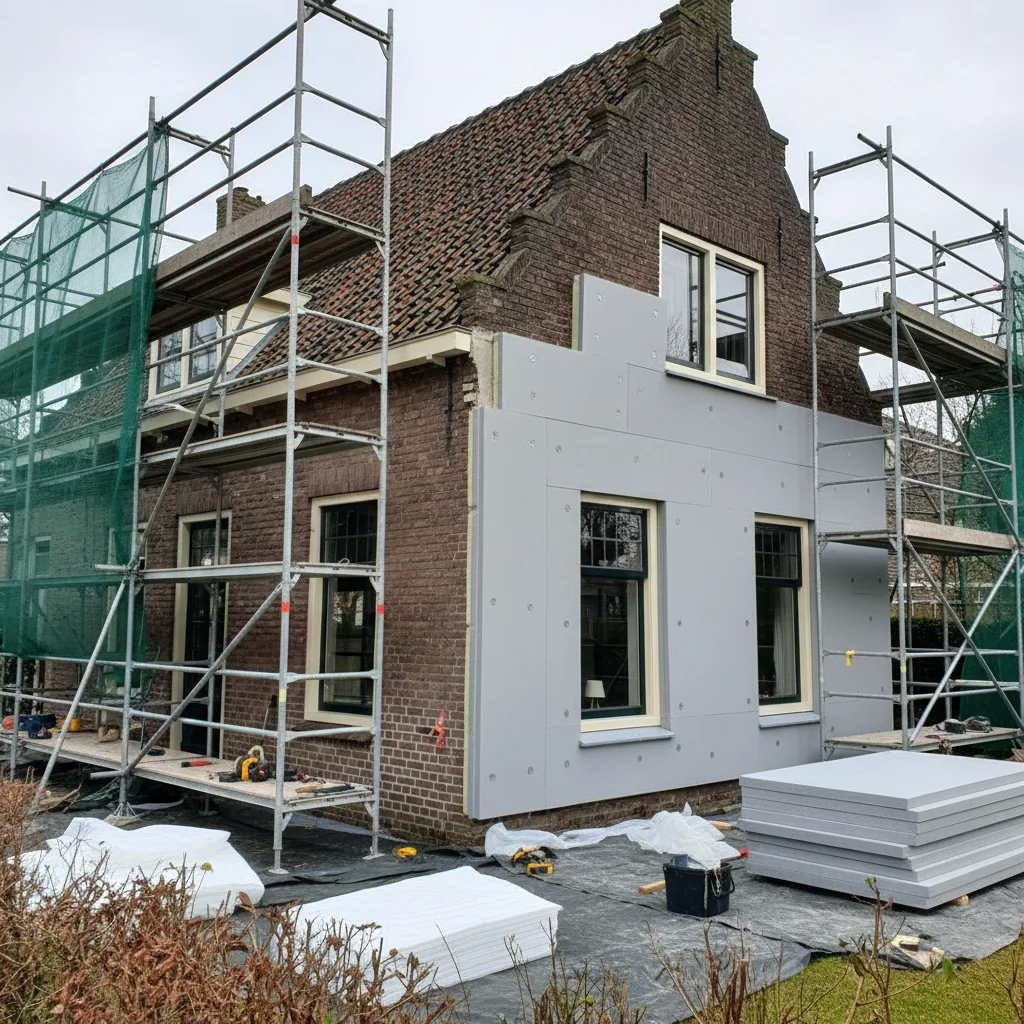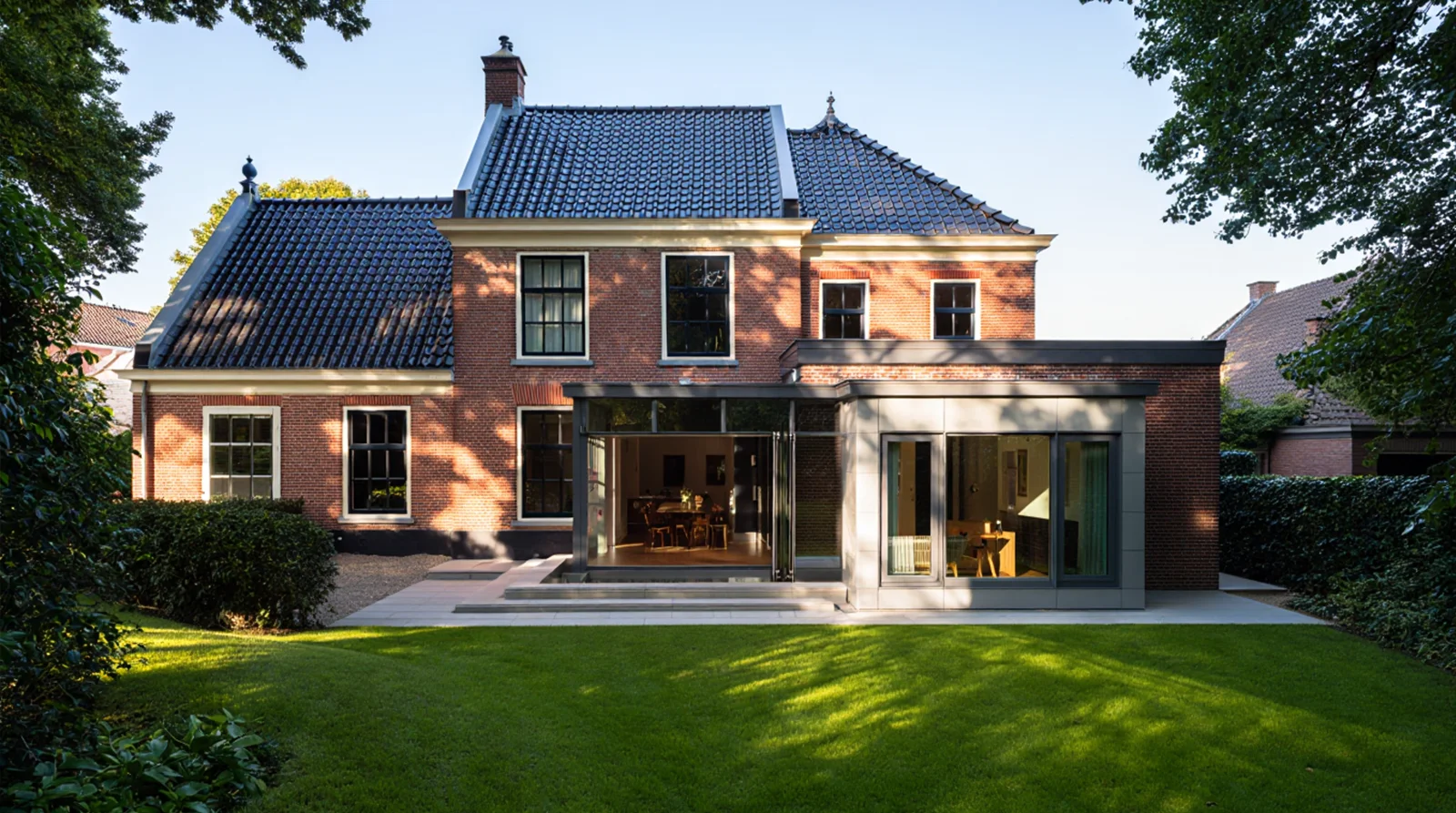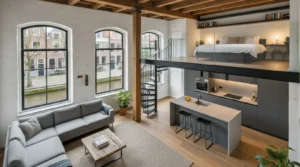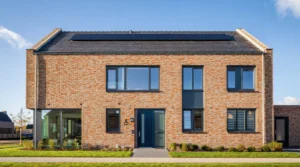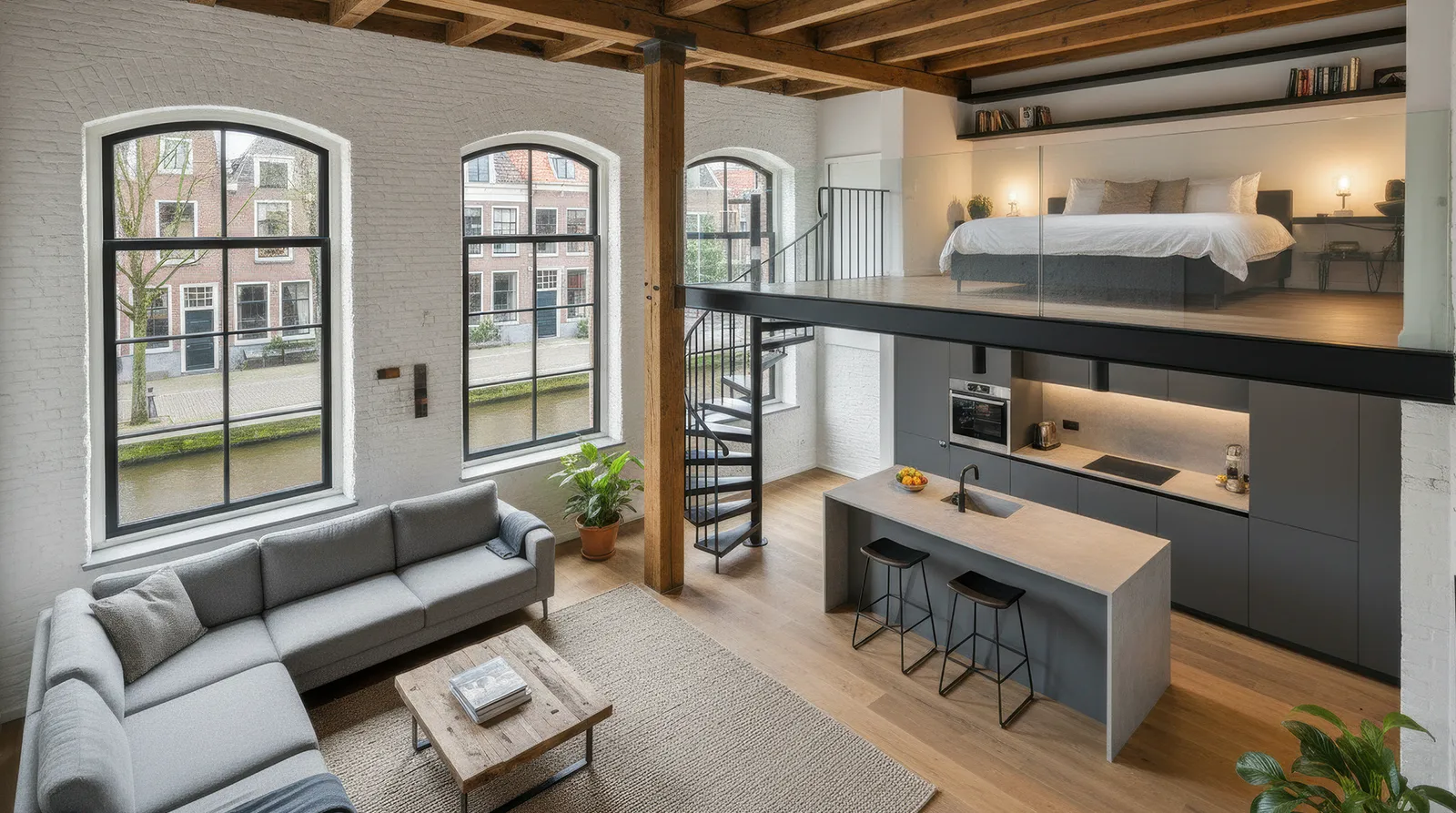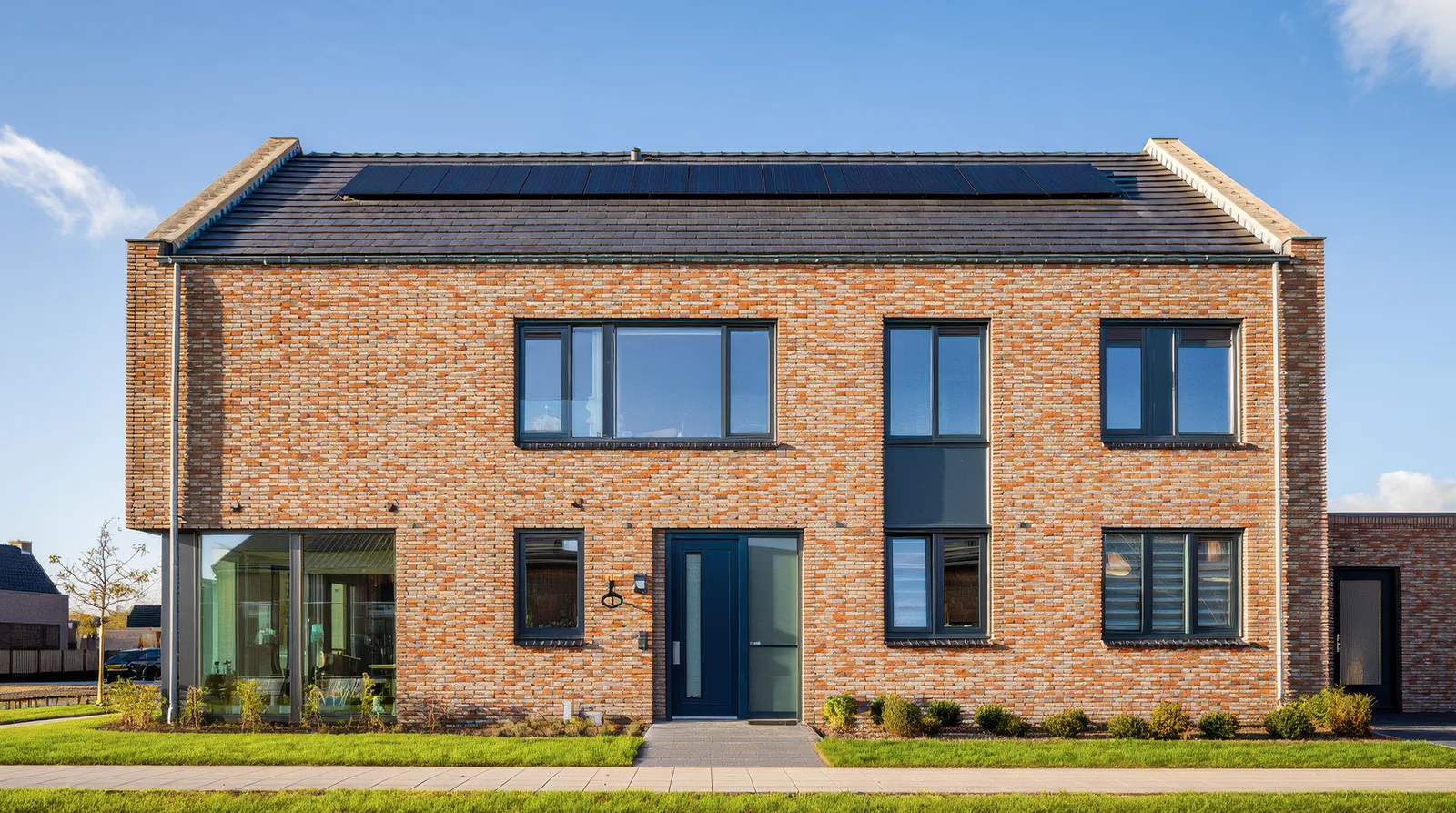The cost of energy is constantly increasing. As a result, homeowners and landlords are compelled to seek ways to reduce heating costs. However, updating communications is also becoming a challenge. It requires a lot of investment that can pay off over the years.
The solution is to get a government insulation subsidy. What standards you need to fulfill to apply and what compensation you can expect, you will learn below. We will analyze the features of different government assistance types and explore the key advantages of the approach.
Introduction: Why Government Support for Energy Efficiency Matters
Enhancing your quality of life is one of the priorities of the country in which you live. Therefore, most countries are constantly introducing support programs and grants for their citizens so that they can solve their everyday problems and become an example for others. The issue of energy efficiency is no exception.
Due to the increase in the cost of heating, governments have begun to pay more attention to finding ways to support people in their situation. They started introducing subsidies for home insulation that help to simultaneously reduce electricity consumption and make apartments more resistant to weather changes.
Such a gesture is an important step towards supporting people. Turning to it provides:
- Saving costs for the implementation of innovative solutions.
- Increasing the comfort of living.
- Following international environmental protection.
Simply put, by receiving support from the state, you receive a large number of benefits that allow you to improve your standard of living and save money for insulation services in the long term.
Understanding Home Insulation Subsidies in the Netherlands
The Netherlands is one of the most rapidly rising countries. In addition, it is no exception in matters of financial support for citizens who need help in insulating their homes.
Energy saving subsidies Netherlands include several programs that should meet the interests of both owners of private houses and housing cooperatives. To take advantage of one of the options, you must comply with the regulations and submit a request.
If you meet all the mandatory requirements, your subsidy will most likely be approved. You will be able to obtain a portion of your money back, easing the pressure on your wallet. The government provides clear recommendations and rules that you must follow to get a positive decision on your case.
Key Types of Energy Efficiency Subsidies
There are several programs that you might qualify for. You can get a government insulation grant or help from your town’s authority. It all depends on the list of available programs at the moment and the region you live in. Here is a quick summary of the primary alternatives that are available:
- National energy-saving grants. These are large-scale support projects for people to improve their living conditions at a national level.
- Local municipality programs. They usually concern households’ energy efficiency increasing within the local infrastructure.
- EU and sustainability funds. This is support for the sustainable development of countries in the European Union for achieving their goals in the industry.
Since each program has its own requirements, the type of support that you can resort to may vary depending on the conditions you meet. Typically, government subsidies are the most accessible ones for different categories of citizens.
Eligibility Criteria for Homeowners
The principle of providing an energy saving subsidy is as follows: first, you have to improve your home insulation, and then you can apply for compensation. In other words, if you are planning a renovation related to finding energy-efficient solutions and hope to receive a subsidy, you need to study the eligibility criteria before you start. Otherwise, you risk having your application denied and losing your opportunity to get state assistance.
Although the conditions and criteria vary, here is a list of the main ones that you should take into account regardless of the type of aid you apply for:
- Your home must be based in the country where you reside. If you want to receive a subsidy in the Netherlands, your property must be located in one of its regions.
- You must be the owner of the home, its renter, or lessor. The exact criteria depend on the program. For the majority of them, you must simultaneously own the house and reside in it.
- You must apply on time. Most requests are accepted within 2 years from the date of your premises renovation completion.
- You must gather all essential documents and attach them alongside your application. You will most likely need an invoice, proof of payment, and photos confirming modifications.
- Your insulation must be done by a professional contractor. Do-it-yourself insulation is not reimbursed by the government, and cannot participate in the program.
To summarize, you can receive support if you are a homeowner, your house is located in the Netherlands, and you have outsourced the process to a specialized company. In addition, your contractor must use standardized materials and provide sufficient publicity. Therefore, choosing an Insulation Company that you can trust is also of great importance.
Popular Subsidy Programs in the Netherlands
The Dutch government offers its citizens several programs depending on whether they have private or joint household ownership. Below are the most common home insulation subsidies Netherlands opens access to.
ISDE (Investeringssubsidie Duurzame Energie en Energiebesparing)
It is a government program that promotes energy-efficient modernization of residential premises by partially compensating for the costs involved. It provides several options for increasing the energy efficiency of houses, including insulation of floors, facades, walls, and roofs, replacement of windows, etc. It is suitable for homeowners who do not belong to cooperatives and seek to reduce electricity consumption in their own house or apartment.
Anyone who wishes can use one of the insulation options once and receive compensation within the limits set by the government. However, a citizen can also resort to another available option in parallel, for example, insulating the floor and replacing windows. Then the government will double the total sum of recompense..
Another advantage of the program is the additional bonuses that you can get if you use environmentally friendly materials. Based on the sort of remodeling, you can get from 1€ to 6€ extra compensation.
SEEH (Subsidieregeling Energiebesparing Eigen Huis)
Previously, SEEH was a government program that covered both private households and housing associations. However, the program has expired, and now the government offers two options for different population categories. The first is ISDE for private owners and the second is SVVE (Subsidieregeling verduurzamen voor verenigingen van eigenaars) for joint homeowners.
Its essence is similar to ISDE; however, the eligibility terms are somewhat distinct. To be able to apply for a subsidy, you must be a resident and owner of one of the houses in the association. In addition, your cooperative must include another house where its owner lives.
Regional Insulation Incentives
Regional programs change more often and offer multiple insulation solutions. They have different eligibility criteria and a set of parameters you must satisfy. To get support from your local administration, inquire about the options available. You can access the official government webpage or other reliable sources of information.
Types of Insulation Covered by Subsidies
Depending on the kind of updating you’re considering, you may be eligible for floor, roof, or wall insulation subsidies. Traditionally, wall insulation is the most popular type of renovation that most people undertake.
It involves filling the space between the interior and exterior walls to reduce air circulation and improve energy efficiency. This option is available to those who have double-walled homes and want to avoid complex or lengthy work. The compensation for filling hollow walls is 5.25€ per square meter.
Floor insulation is another common method that you can take advantage of. You can insulate the underfloor to increase moisture resistance and reduce the level of cold coming from the ground. Or you can insulate the floor from above using a floating screed and a new layer. Depending on the option, this subsidy can vary from 3€ to 5.5€ per square meter.
Roof insulation may involve modifying the interior and exterior or improving insulation that has already been installed. It is generally the most laborious and challenging approach to insulate a home. Its subsidy is 16.25€ per square meter.
Step-by-Step: How to Apply for an Insulation Subsidy
It doesn’t matter whether you apply for facade or floor insulation subsidies; the steps you need to take will be the same. Follow this short guide to better navigate the process:
- Check your eligibility. To avoid misunderstandings, use only official data published on government websites.
- Choose the option for your case. If you want to receive additional bonuses and reimbursements, apply for several solutions at once.
- Choose a company and complete the work. You can submit requests only after the process is finalized.
- Prepare the required documents. Be attentive and collect all the papers.
- Submit the application through the website. Provide the necessary documentation to raise your odds of success.
- Get the subsidy approved. On average, you will receive a response in 8-10 weeks.
The subsidy application process is clear and straightforward. However, you should choose a contractor carefully.
Financial Benefits and Energy Savings
Energy efficiency subsidies have many advantages. By receiving them, you can:
- Optimize consuming energy to lower your monthly utility expenses.
- Receive partial compensation for the money you spent.
- Modify your home to increase its value.
- Make your living arrangements better and more adaptable.
All this will affect not only your stay in the home but also its overall value. If you decide to move in the future, you will be able to sell it for a higher price.
Combining Subsidies with Energy-Efficient Renovations
Home insulation is just one of the important steps towards improving the energy efficiency of your home. To achieve maximum effect, you should combine it with other renovation measures. These include integrating underfloor heating and installing heat pumps.
Underfloor heating allows you to distribute heat evenly throughout the room. Unlike traditional radiators, the system operates at lower temperatures, which reduces fuel or electricity consumption. Combining insulation with underfloor heating increases comfort and helps to make the most of heat loss.
Heat pumps are an advanced and eco-friendly substitute for regular boilers. They extract heat from the environment and transfer it to the system. Since the house must be well insulated for heat pumps to work effectively, these two solutions are carried out in a complex manner.
Common Mistakes to Avoid When Applying
Although subsidies for roof insulation as well as for other connected works are available to all eligible applicants, you can easily lose your chance to receive them or get just minimal support. To avoid a negative scenario, consider the following:
- Do not postpone several insulation measures; instead, combine them. This way, you can double the reimbursement.
- Do not resort to outdated and impractical solutions. Using environmentally friendly materials gives you more bonuses.
- Do not involve unreliable contractors. They must meet the mandatory criteria to avoid rejection of applications.
- Do not delay submitting requests. You have 24 months to apply and receive a subsidy.
Focusing on details and taking a thoughtful approach are the keys to subsidy approval.
CBS Renovation: Helping You Get the Most from Government Programs
CBS Renovation is one of the industry leaders with extensive experience in the sector. The company is made up of a team of professionals who can perform different types of renovations and modifications. It follows the strictest regulatory requirements and involves the best construction materials and approaches that will help in obtaining a subsidy. Here are some points that distinguish the contractor from the crowd:
- High expertise and professionalism.
- Providing comprehensive solutions for reconstruction and system replacement.
- Timely completion of projects.
- Transparent pricing without hidden fees.
CBS Renovation will help you choose the best solution for insulating your home and implement it in the shortest possible time. It will provide comprehensive documentation that will be the first step to applying for a subsidy and receiving government support.
Conclusion: Invest Smartly with Support from the Dutch Government
If you need financial support to improve the efficiency of your living space, a government subsidy may be the best option. It would assist you in saving money and boosting your comfort. In addition, with it, you can make a valuable contribution to supporting the planet’s ecology by reducing energy consumption.
To apply, you need to meet the mandatory requirements and hire a responsible and reliable contractor. CBS Renovation is one of them. It will help you realize your project and receive reimbursement from the Dutch government without stress and effort.

